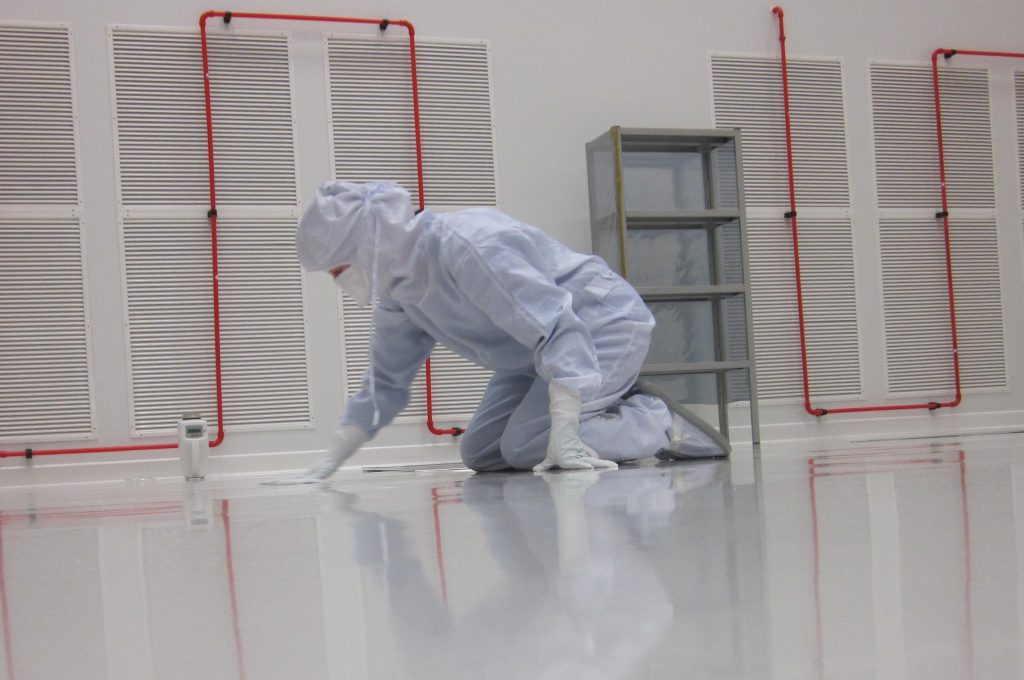Determining if life exists or ever existed beyond Earth is one of the most interesting scientific questions. Reports on numerous habitable planets have increased the speculations about potential extra-terrestrial life. However, these theoretically life-supporting planets are far beyond human’s reach – except Mars.
In order to explore if there ever was life on Mars, the European Space Agency (ESA) started the ExoMars programme in cooperation with Roscosmos to study the Martian environment. The project comprises of two missions: ExoMars2016 with the Trace Gas Orbiter and an entry, descent and landing demonstrator module (Schiaparelli), launched in Baikonur on March 14th 2016, and ExoMars2020 with a rover planned to launch in 2020.
However, to detect life in Mars the spacecraft and instruments should not be contaminated by terrestrial microorganisms which could harm the ongoing and future missions, as well as Mars environment itself. Consequently, spacecraft and hardware assembly, integration and test activities are performed in cleanrooms where the number and diversity of microorganisms is limited and regularly monitored.
In an article published in Microbiome “Microbial biodiversity assessment of the European Space Agency’s ExoMars 2016 mission” my colleagues and I describe the microbial diversity of the cleanroom facilities in Thales Alenia Space in Turin, Italy, and the spacecraft hardware before and during the assembly, integration and testing activities of the Schiaparelli lander.
We used several culture-dependent and -independent techniques to describe the microbial communities. The cleanrooms carried a special microbial community mainly originating from the human body. Due to extreme stress and selection pressure via strict cleaning and decontamination procedures, lack of water, nutrients and cofactors, only the most resistant bacteria can survive the conditions. Consequently, the number of microorganisms is reduced, but the remaining bacteria are typically survival specialists.
Link: https://microbiomejournal.biomedcentral.com/articles/10.1186/s40168-017-0358-3
Featured Image: Simon Barczyk, DLR
